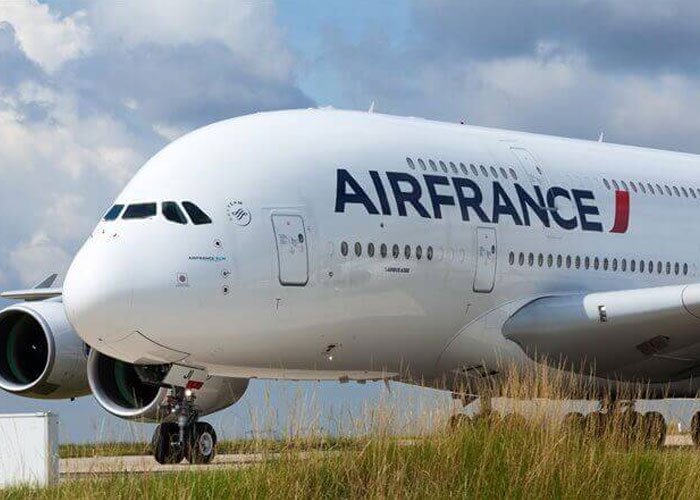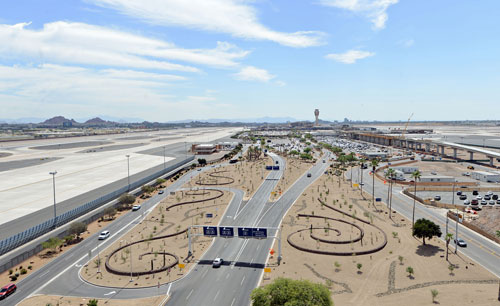Reuse and Resource Conservation of water in airports is a pressing issue for airlines, airports and airport-related facilities. Water is essential to the daily operation of airports, including drinking water for employees and passengers. Some airports are even going as far as replacing natural turf with artificial turf. But how can we ensure that airports meet the demands of water conservation? There are many ways to reduce water use and save money while providing travellers with a high-quality, safe environment.
Depending on the location of your home, you might have to purchase an STP to handle your sewage. Generally, residential buildings need at least one STP to treat sewage. Many STPs are located underground, making them difficult to maintain. Moreover, you may not be able to inspect them without hiring an expert. It is better to consult a professional if you have any doubts about the process.
Airbus
Water resource conservation in airport systems is crucial for sustainability and resilience. The number of airports worldwide is on the rise, and this trend is increasing the water demand, leading to a global water shortage. It is important to assess your water usage profile and identify ways to improve your water efficiency. Consider installing water-saving fixtures, searching for alternative water sources, and more. Read on for some tips to make water usage more efficient at airports.

Water-efficient technologies can help you cut the amount of water used at an airport. Many airports are taking steps to reduce water use. In California, airports use hundreds of millions of gallons of water annually. But that doesn't mean they should stop using water altogether. In the San Jose airport, for example, the glass on the terminal has stopped being pressure-washed and is now cleaned with recycled water.
Air France

Air France has a commitment to decarbonising its aviation fleet. The airline has set an ambitious goal of zero emissions by 2050 and is implementing new projects to capture carbon from the air. The decarbonisation process is complex and requires close collaboration between different stakeholders. The airline is leading the way by investing in sustainable aviation fuel. It is a major step towards meeting its goal of zero emissions by 2050.
The airline is also committed to reducing its water use. Air France has pledged to eliminate 1,300 tons of single-use plastic by 2019. By 2020, the company plans to eliminate 2.1 million single-use items. It will also eliminate plastic drinking straws on flights and reduce waste from 1.3 million plastic bottles. The airline also aims to replace plastic cups, cutlery, stirrers, and trays with sustainable alternatives.
San Jose Airport
Reuse and resource conservation of water is a major issue for airports, as they use large amounts of it. The growing demand for air travel is causing water shortages around the world. Therefore, airports should assess their usage profiles and find alternate sources of water. In California, for example, the San Jose airport has stopped using pressure washers and began cleaning windows with recycled water. This way, they can cut their water consumption while meeting environmental standards.
While we tend not to think of airports as industrial complexes, plenty of wastewater is produced by the various activities of airports. For example, aircraft washing, fueling operations, engine test cells, and maintenance of ground vehicles generate a lot of water. Despite the large volume of water used at airports, they are increasingly looking for ways to improve their water sustainability. Airports are beginning to implement practices as diverse as the facilities themselves.
Sacramento International Airport
Reuse and resource conservation of water in airport infrastructure are important parts of airport sustainability efforts. Many airports are doing their part to reduce water consumption. Many are implementing water-conservation programs like those implemented by San Diego International Airport. The airport has transitioned to water-efficient urinals, saving the facility about 44,000 gallons of water per year. Other airports are replacing grass lawns with synthetic turf; some use ninety per cent recycled water to wash rental cars.
Reuse and resource conservation of water in airport operations are essential to ensure that the water leaving the facility is safe for the environment. The EPA has adopted National Pollutant Discharge Elimination System (NPDES) standards to ensure the safe management of stormwater from transportation facilities. Many state and municipal regulators require airports to limit the use of anti-icing and deicing chemicals. Many airports have significantly improved water conservation, using recycled water to wash windows.
San Diego International Airport
Many cities have implemented sustainability plans. Los Angeles International Airport is among them. The sustainability plan calls for airports to use recycled water more often. It also calls for reclaiming stormwater from its parking deck. This plan also includes guidelines for reducing dust during construction. In addition to water conservation, sustainable irrigation practices help cut irrigation water use by up to 74%. In addition, water conservation can produce six-figure utility savings.
Water supplies are scarce and increasingly limited. Water shortages have been reported in several parts of the world. As water resources are limited, competition for supply increases. This can lead to conflict. Airports must consider three aspects of water when planning their facilities. These include handling capacity and water events. If an airport is unable to manage these risks, it will not be able to provide safe, reliable service to its customers.
Sacramento International Airport's Xeriscaping
Airports consume significant amounts of water. With growing demands globally and a dwindling water supply, airports must identify their water usage profiles and look for alternatives to ensure efficient use. While airports often use non-potable water, they can save significantly by implementing conservation practices and installing water-saving fixtures. Some airports even use geothermal cooling to minimise water usage.
The main use of water in airports is for non-potable purposes. It is used to clean airport facilities, maintain their air fleet, and for manufacturing. However, water in airports is not used for human consumption. Sustainable urban drainage systems can capture water runoff at the airport and use it for these purposes. Other airports use water for manufacturing and maintenance of their air fleet and deicing and fueling operations. Airports can adopt various water-saving methods, depending on their operational needs.







































Share Post